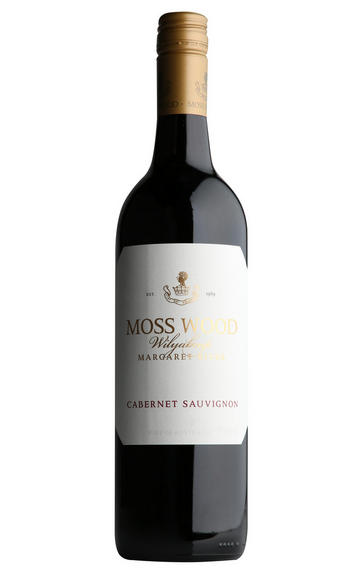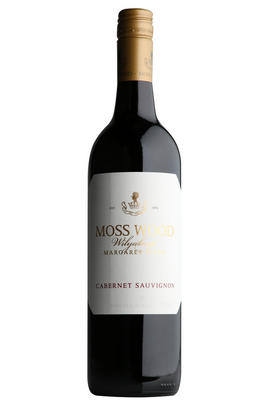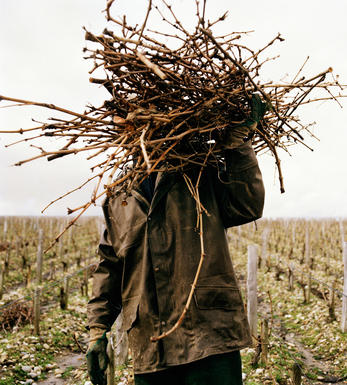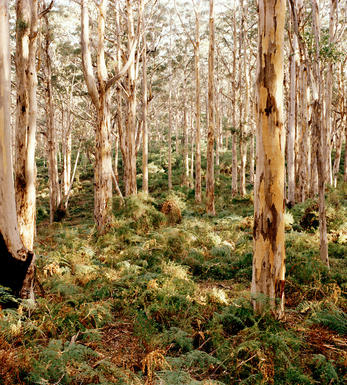
2006 Moss Wood, Cabernet Sauvignon, Margaret River, Australia

Critics reviews
Lisa Perrotti-Brown - 31/10/2010
About this WINE

Moss Wood
Moss Wood is one of one of Margaret River’s founding estates. It was established back in 1969 in Wilyabrup on the Western Coastand. Since the late 1970s and early 1980s has been looked after by Keith and Clare Mugford whose care and devotion to the vineyard is reflected in the exceptional quality of their wines.
Their Cabernet Sauvignon has become one of the most sought-after wines in Australia and their full range is recognised year on year for consistency of quality and longevity. Moss Wood also produces a beautiful old vine Semillon from vines planted in 1973.

Margaret River
Located on the most south-westerly point of Australia, three hours’ drive south of Perth, the Margaret River region sprang to life during the 1960s and 1970s as a result of Professor Harold Olmo’s and Dr John Gladstone’s research into the region’s viticultural potential. Consequently Vasse Felix was planted in 1967, Moss Wood in 1970 and Cullen in 1971. Since then the plantings have grown exponentially, while the number of wineries has increased six-fold. This explosion of wineries has perhaps been to the detriment of the wine quality.
Bounded to the west by the Indian Ocean and the 90km Cape Naturaliste to Cape Leeuwin promontory, the region enjoys a benign if damp maritime climate in which the vines rarely shut down, causing disrupted flowering (exacerbated by strong, westerly sea winds). Over the growing season it’s 16 percent hotter than in Coonawarra and 7% than the Médoc.
The Cape ridge is made up of lateritic clay topsoils over weathered granite and gneiss, giving fruit with a relatively high pH. Cabernet Sauvignon is the most fancied variety,producing a lush, early drinking style, followed by Shiraz, Chardonnay and Sémillon.
Recommended Producers: Cullen, McHenry Hohnen Vintners, Moss Wood, Cape Mentelle and Voyager Estate.

Cabernet Sauvignon Blend
Cabernet Sauvignon lends itself particularly well in blends with Merlot. This is actually the archetypal Bordeaux blend, though in different proportions in the sub-regions and sometimes topped up with Cabernet Franc, Malbec, and Petit Verdot.
In the Médoc and Graves the percentage of Cabernet Sauvignon in the blend can range from 95% (Mouton-Rothschild) to as low as 40%. It is particularly suited to the dry, warm, free- draining, gravel-rich soils and is responsible for the redolent cassis characteristics as well as the depth of colour, tannic structure and pronounced acidity of Médoc wines. However 100% Cabernet Sauvignon wines can be slightly hollow-tasting in the middle palate and Merlot with its generous, fleshy fruit flavours acts as a perfect foil by filling in this cavity.
In St-Emilion and Pomerol, the blends are Merlot dominated as Cabernet Sauvignon can struggle to ripen there - when it is included, it adds structure and body to the wine. Sassicaia is the most famous Bordeaux blend in Italy and has spawned many imitations, whereby the blend is now firmly established in the New World and particularly in California and Australia.


Buying options
Add to wishlist
Description
The 2006 Cabernet Sauvignon has a medium to deep garnet color and is classically scented of cassis and lead pencils with cooler vintage notes of bay leaf and capsicum. Theres a medium level of fine tannins and medium-high acidity supporting ample medium to full bodied fruit, finishing long and a little leafy. Drink it now to 2018+.
Lisa Perrotti-Brown - 31/10/2010
wine at a glance
Delivery and quality guarantee